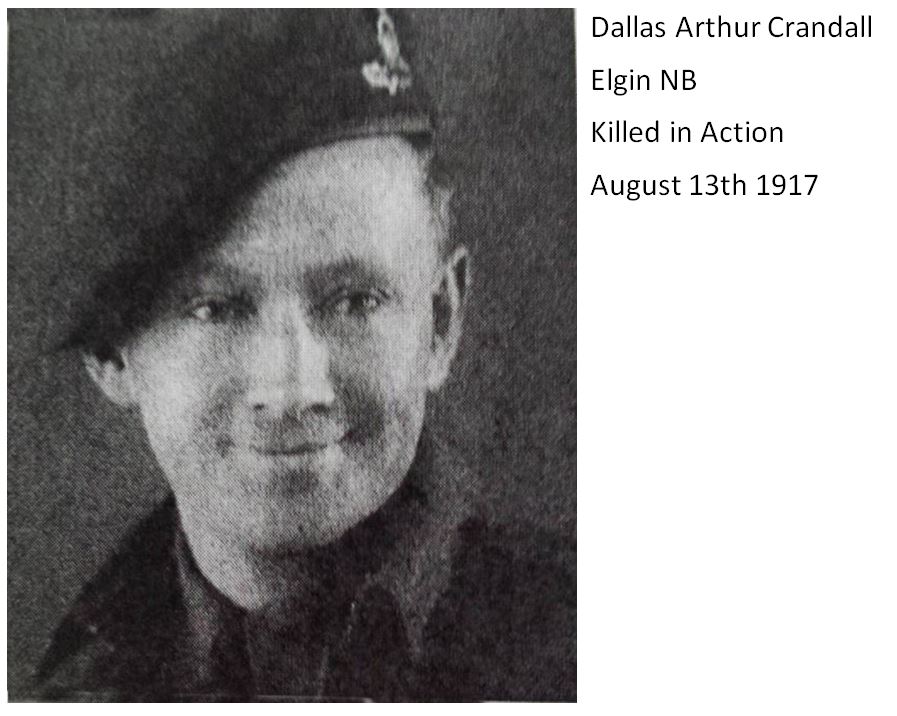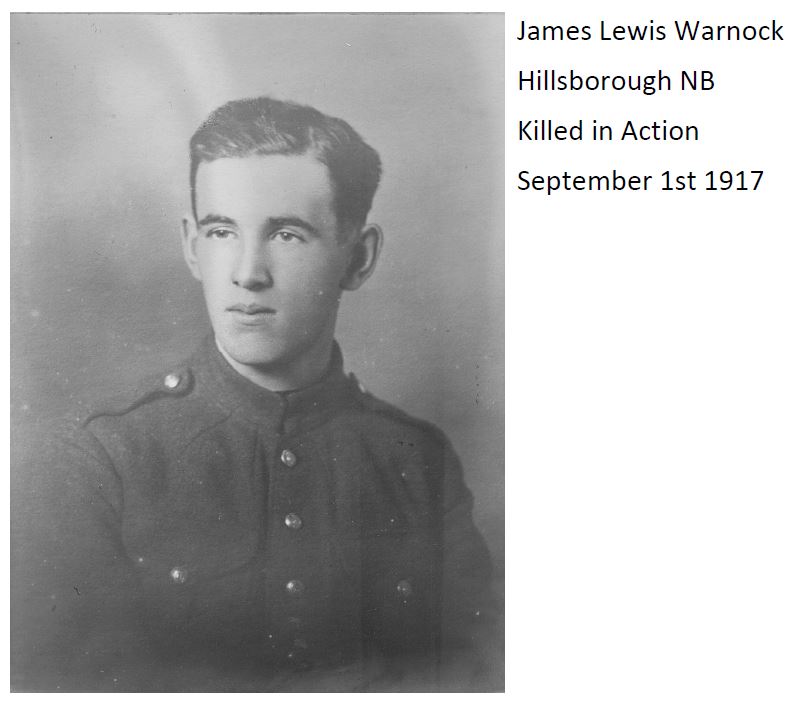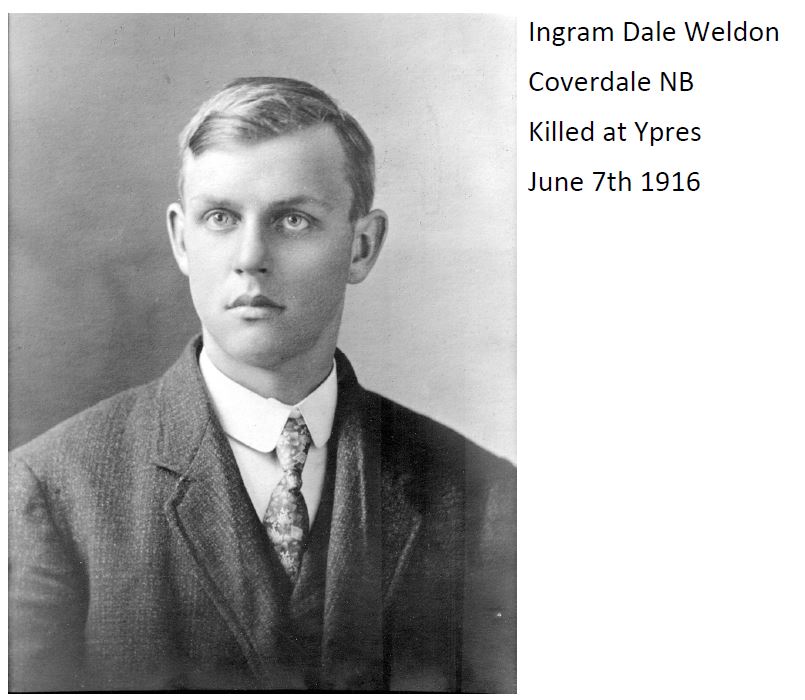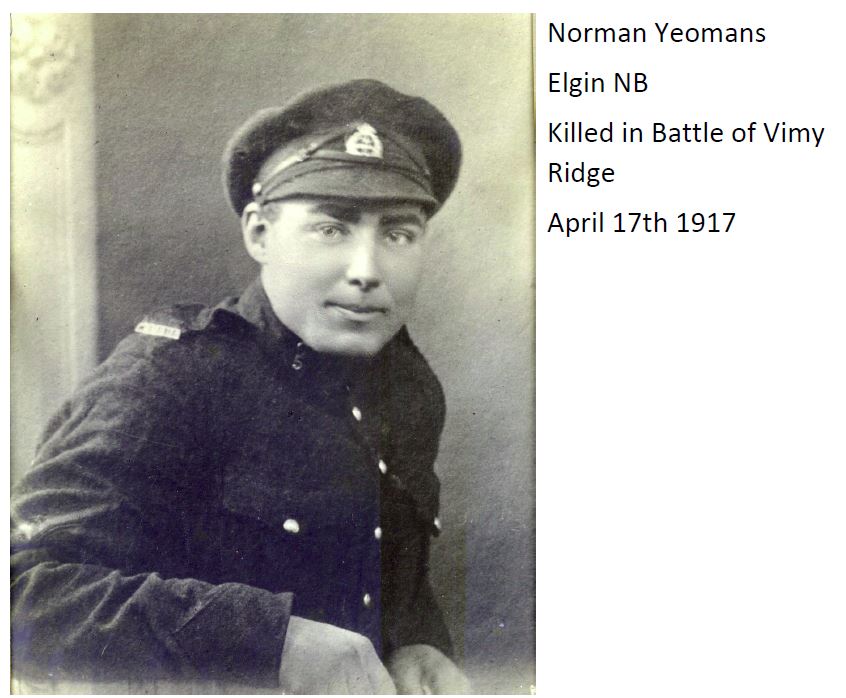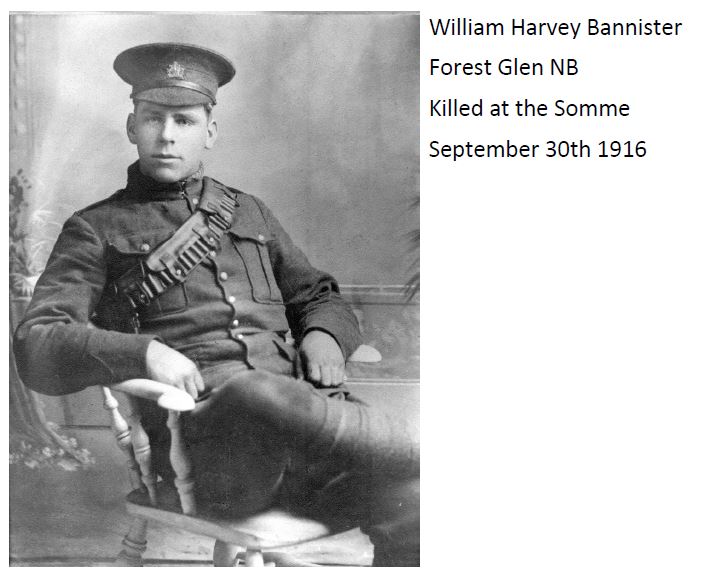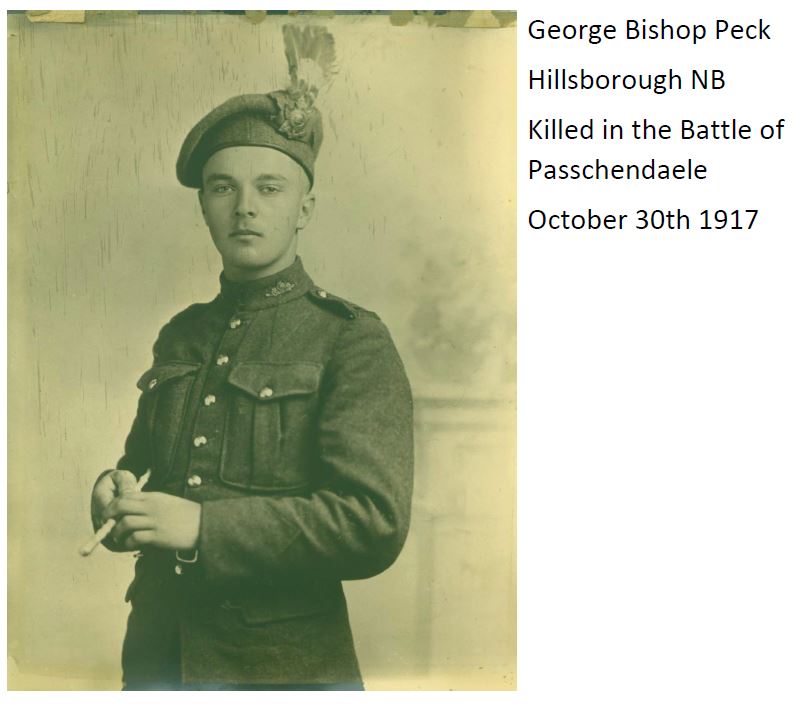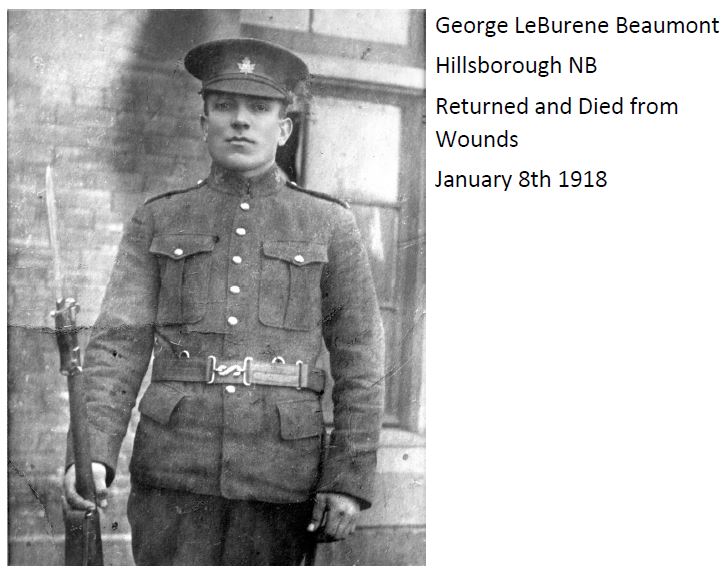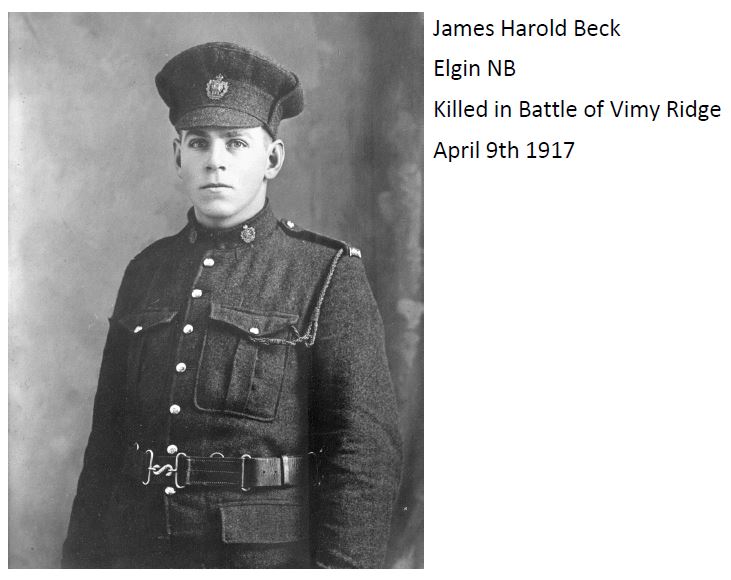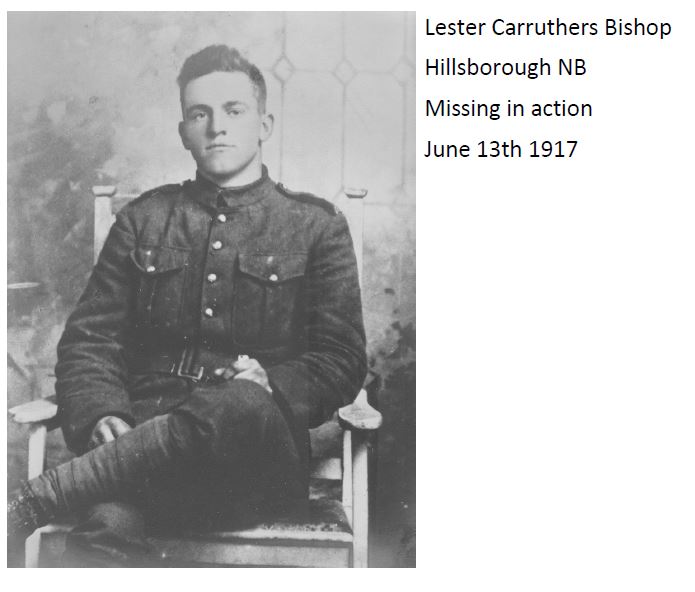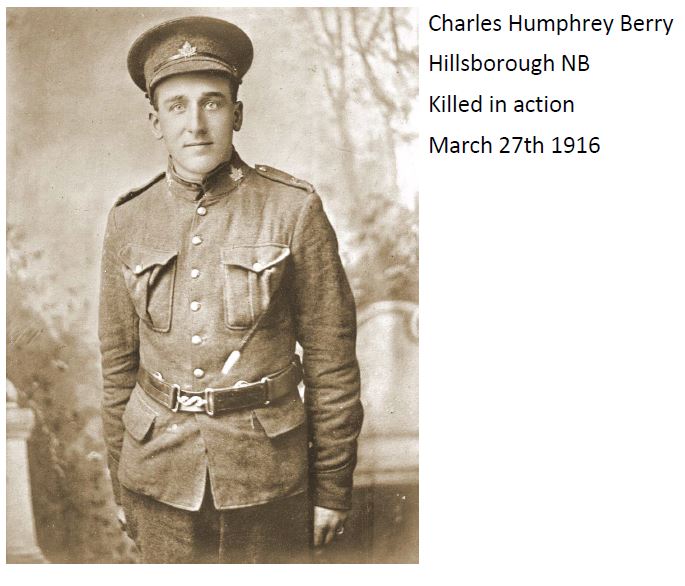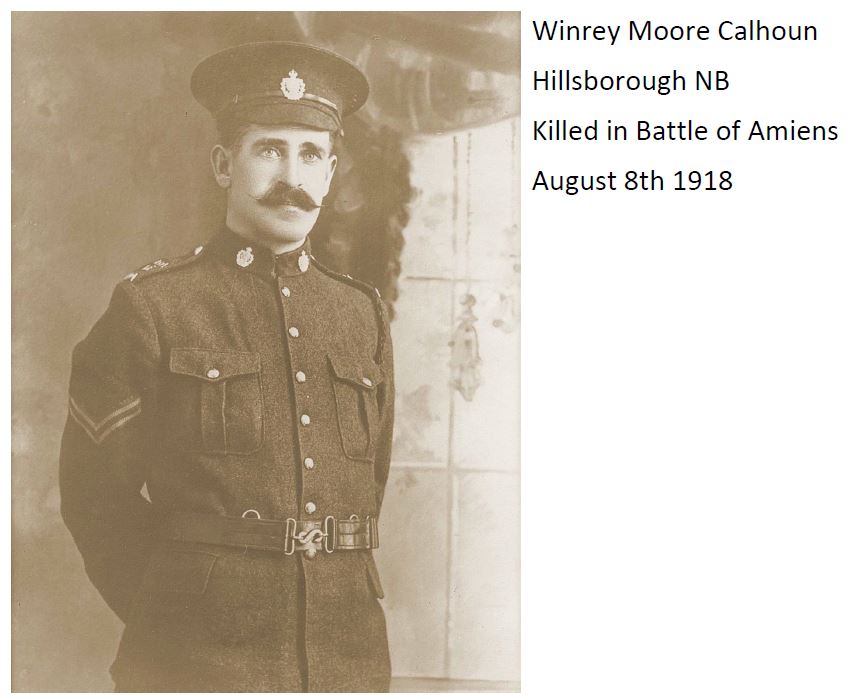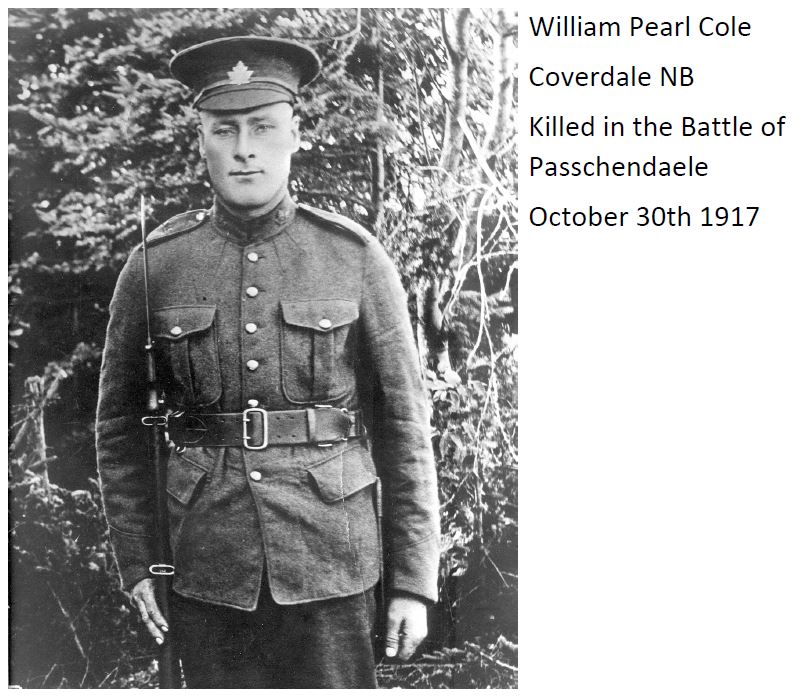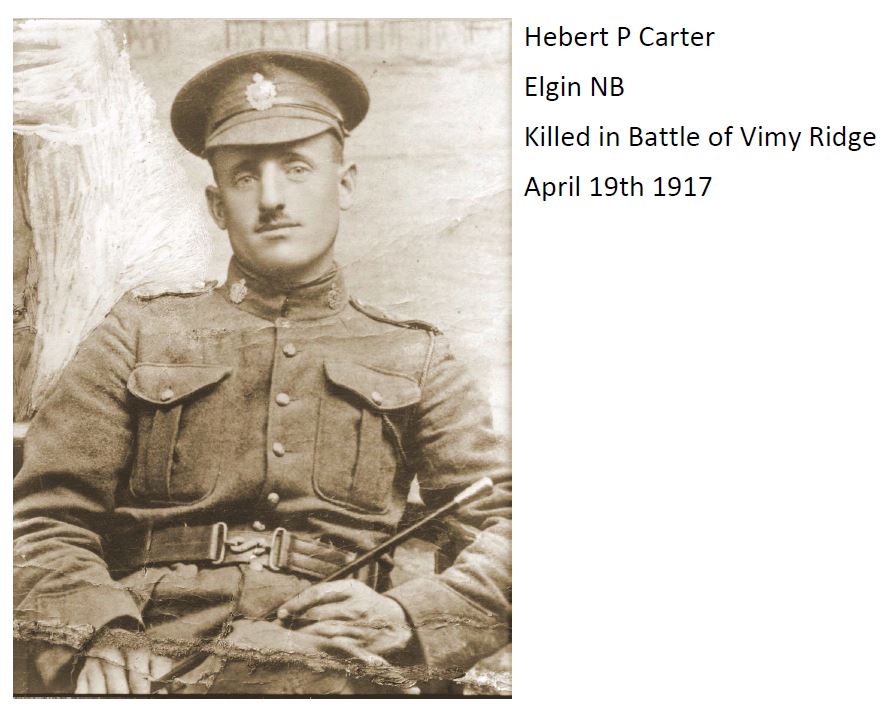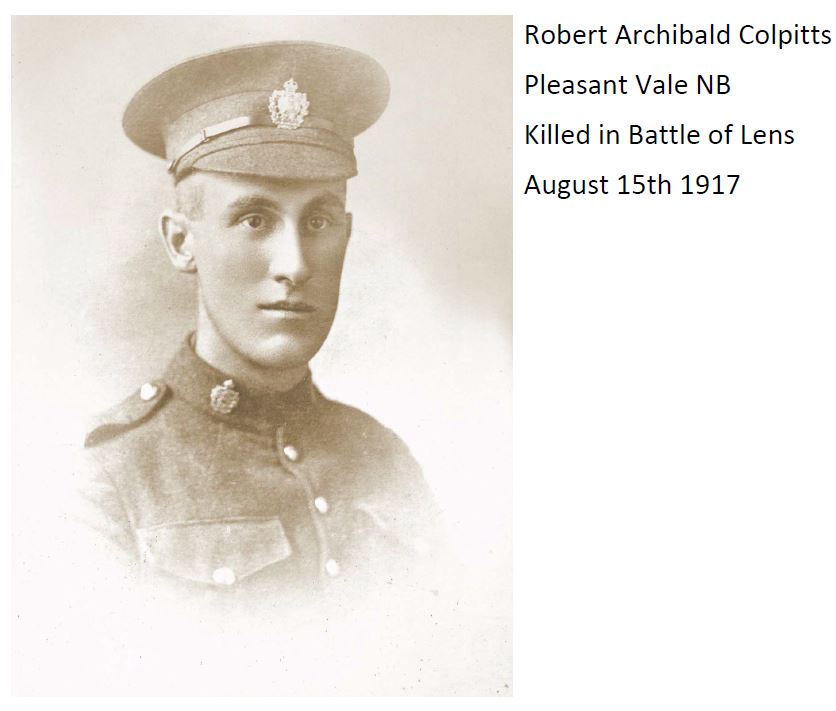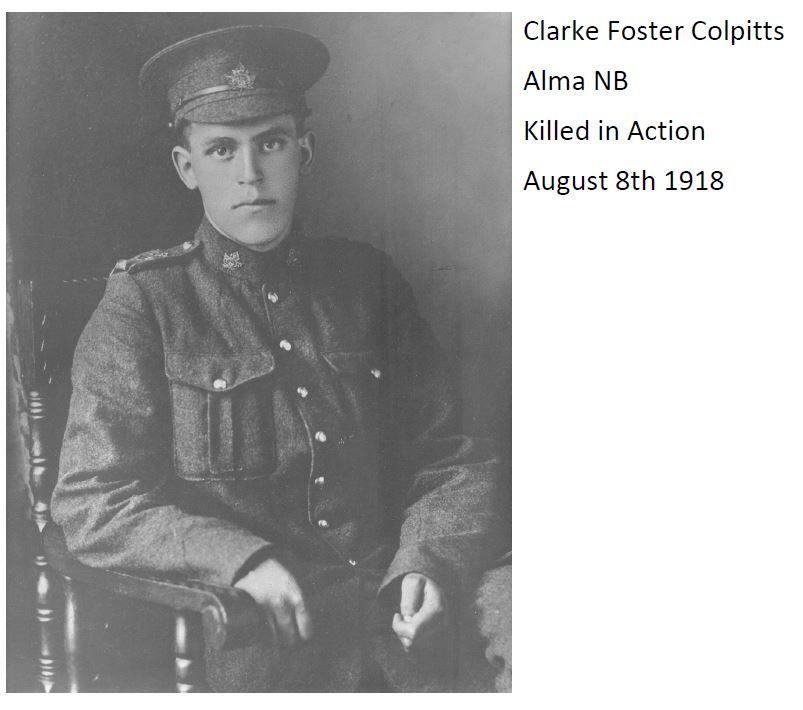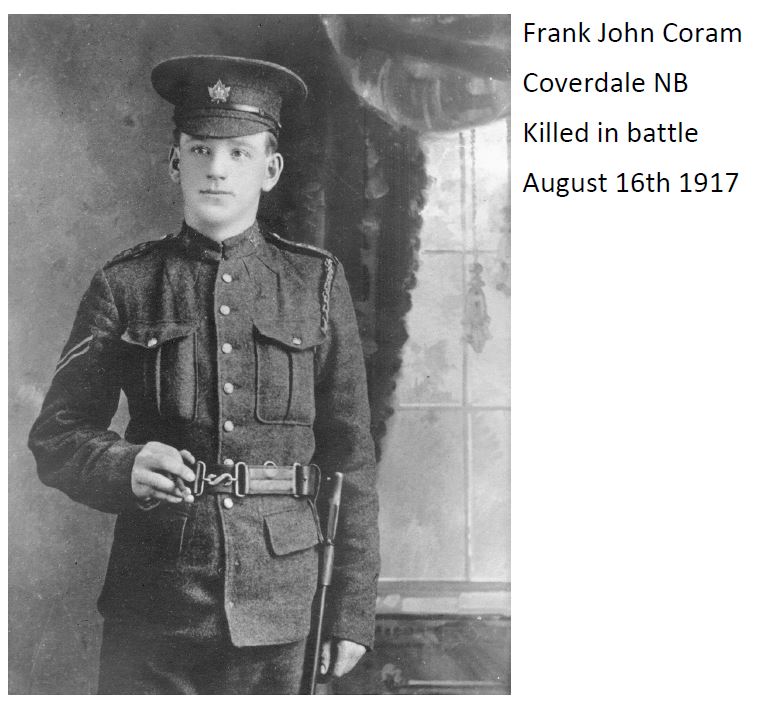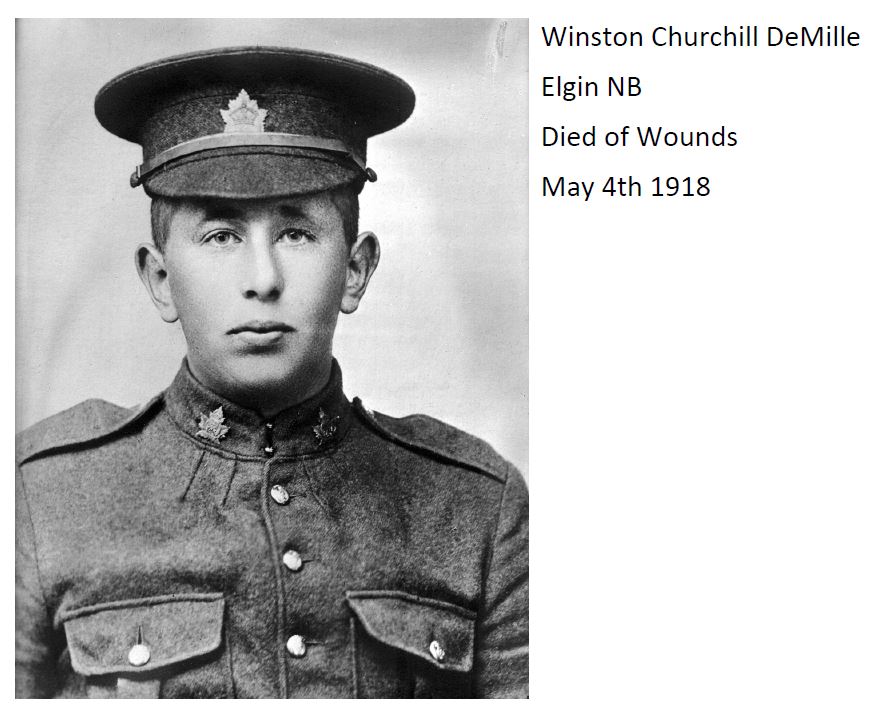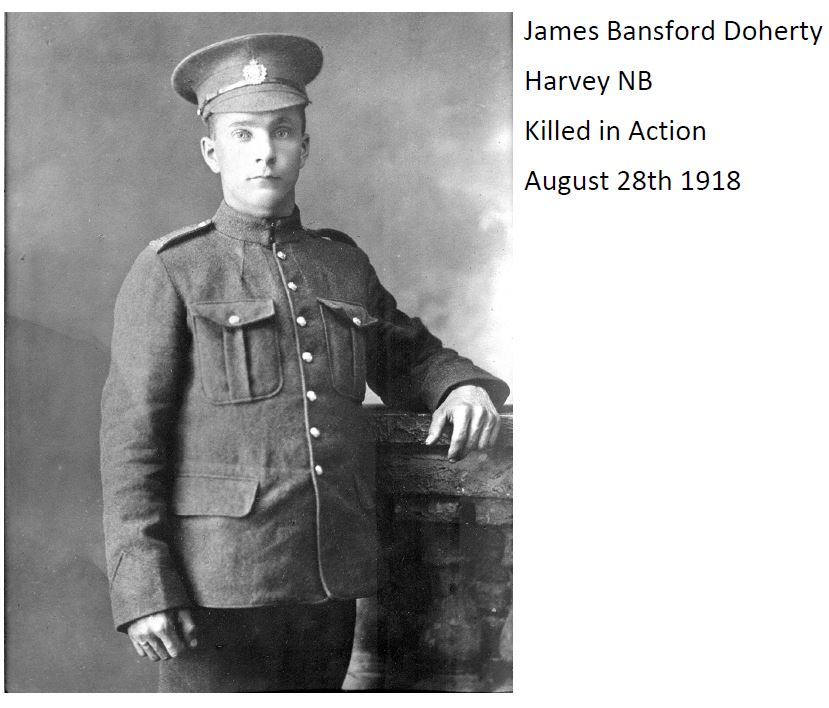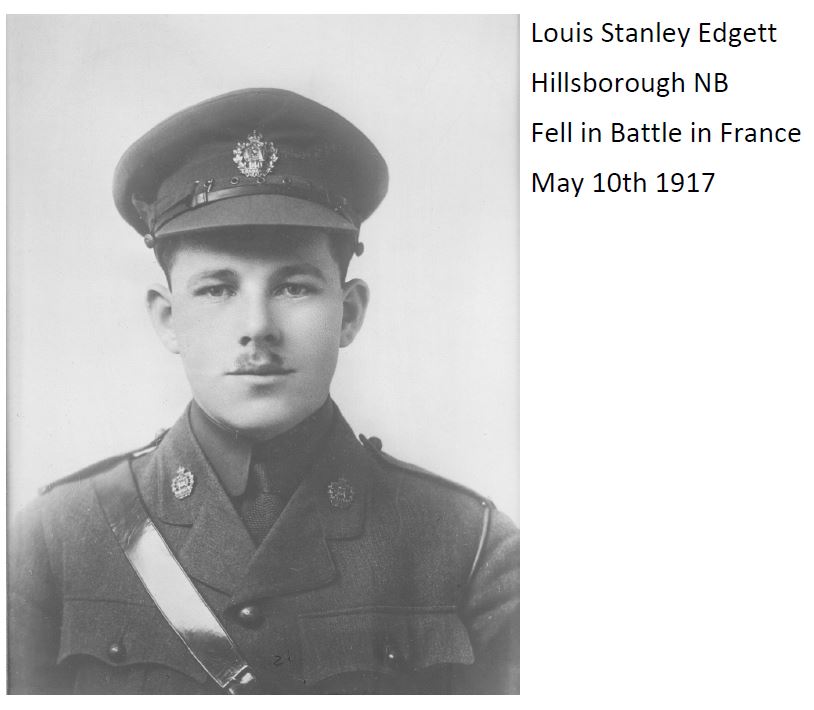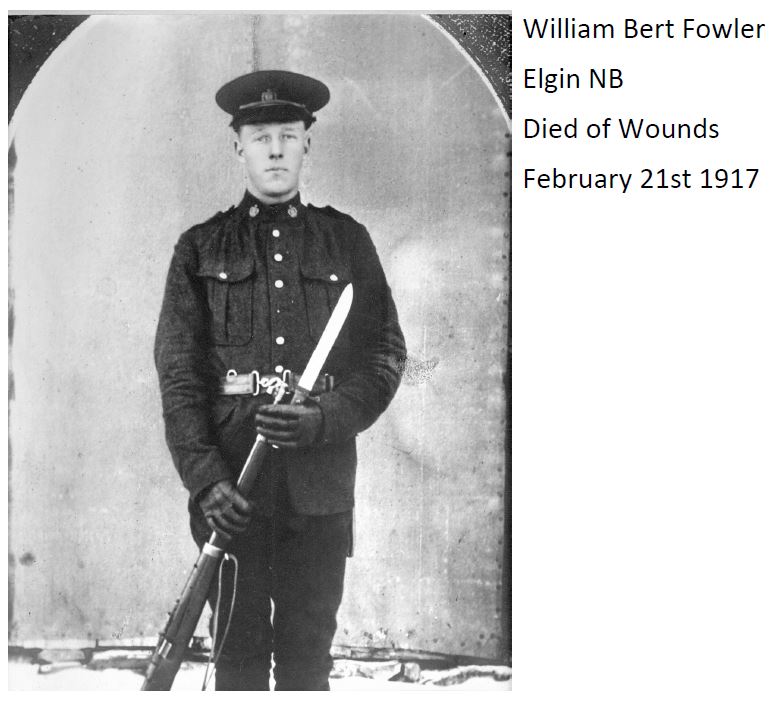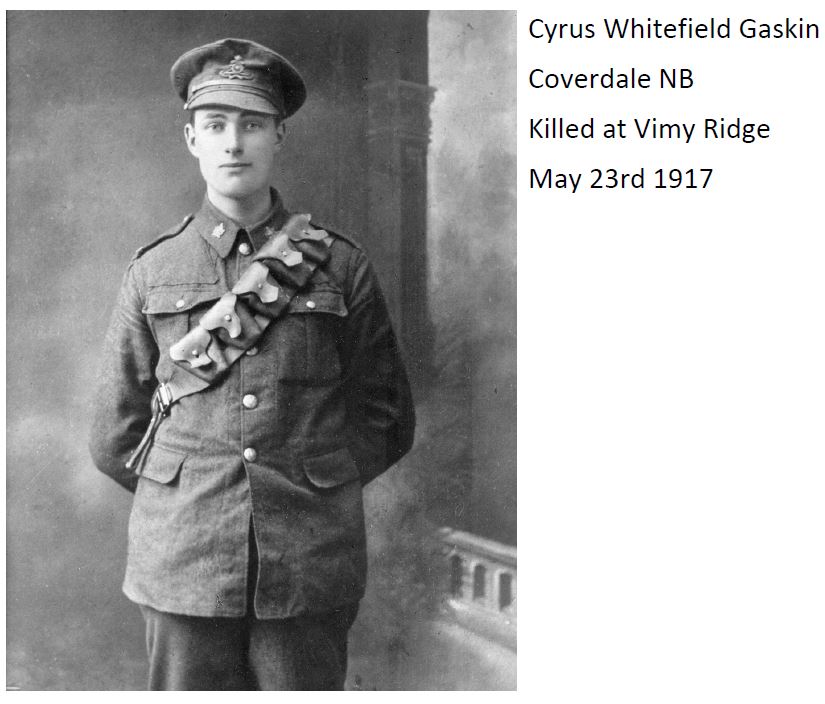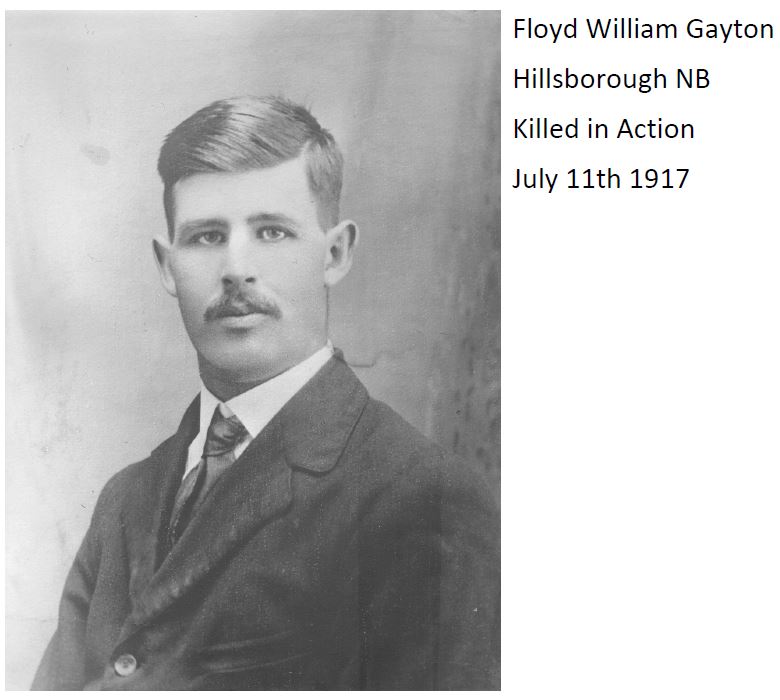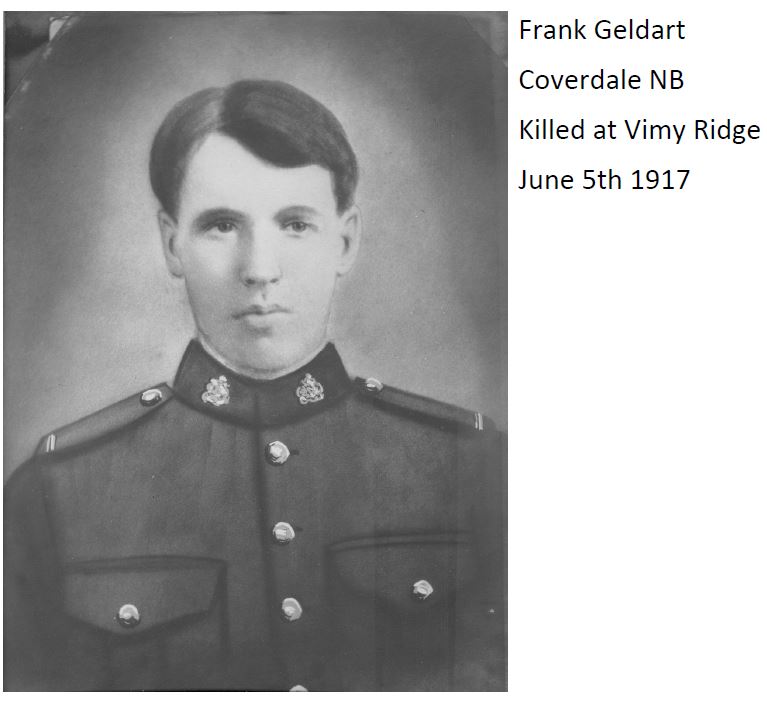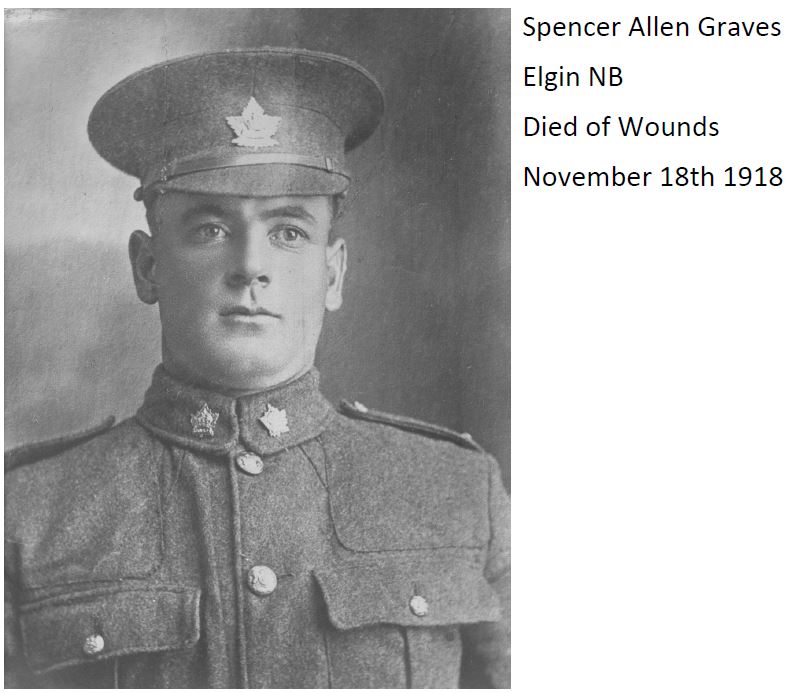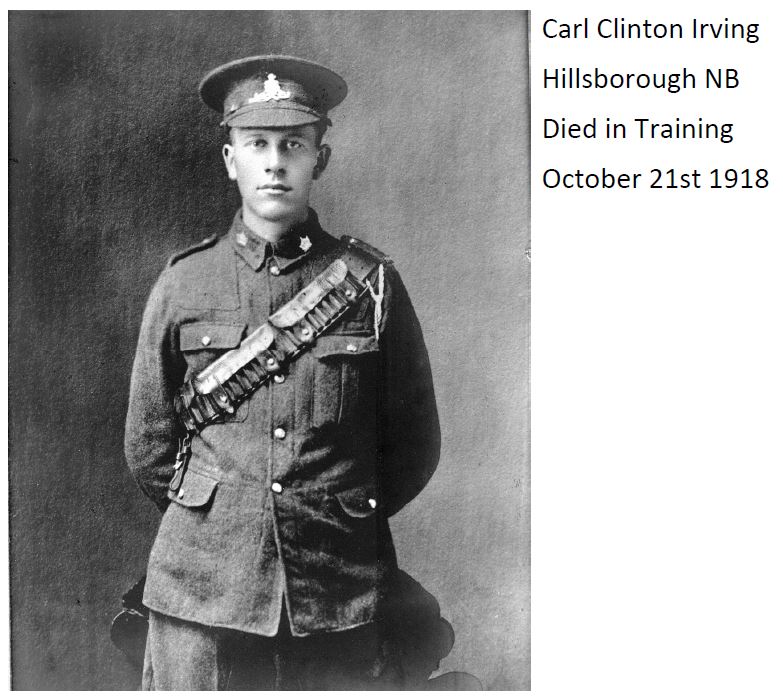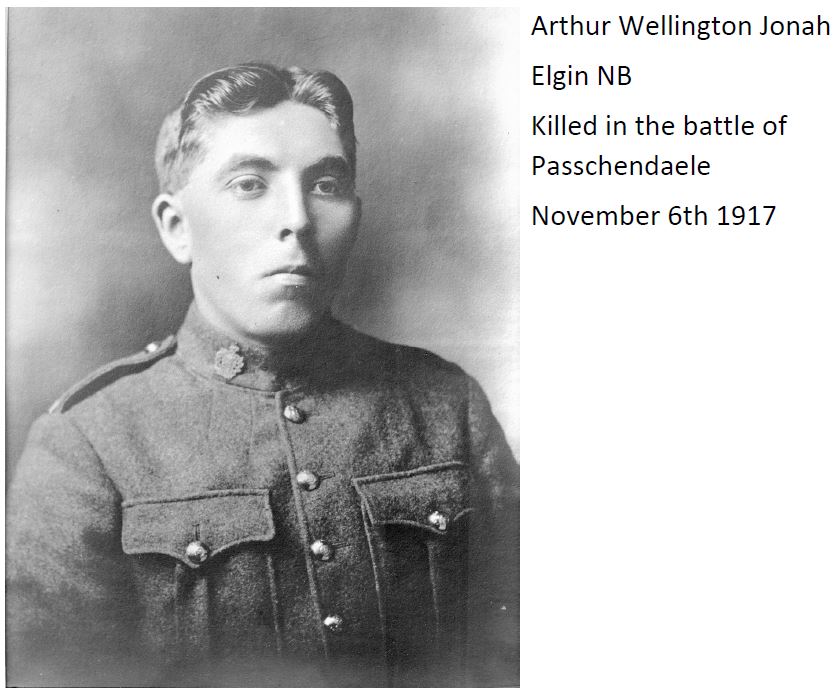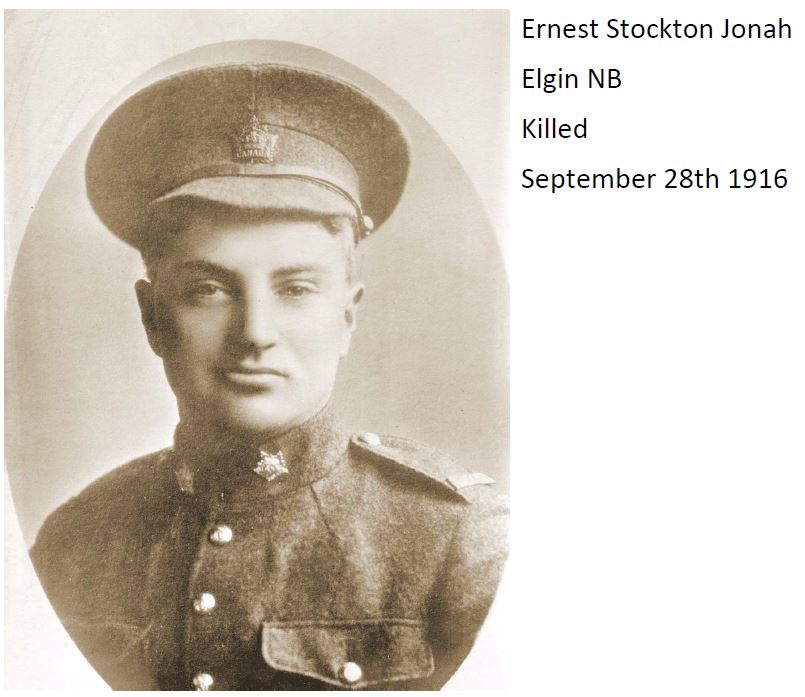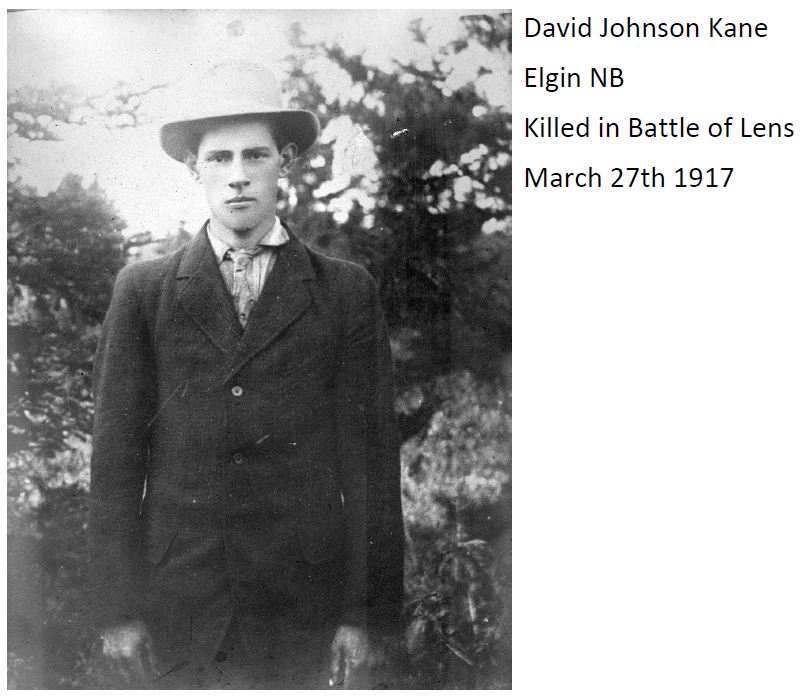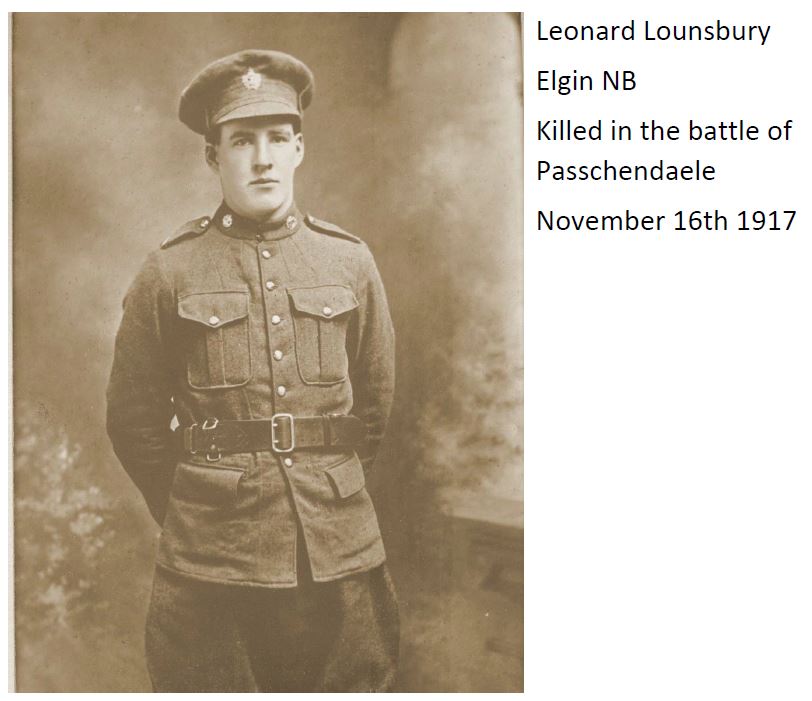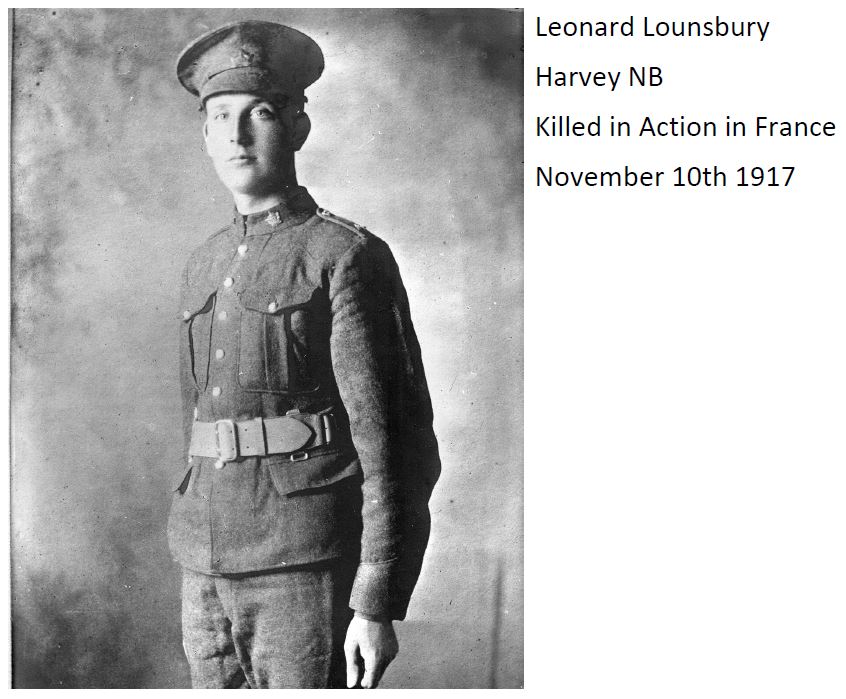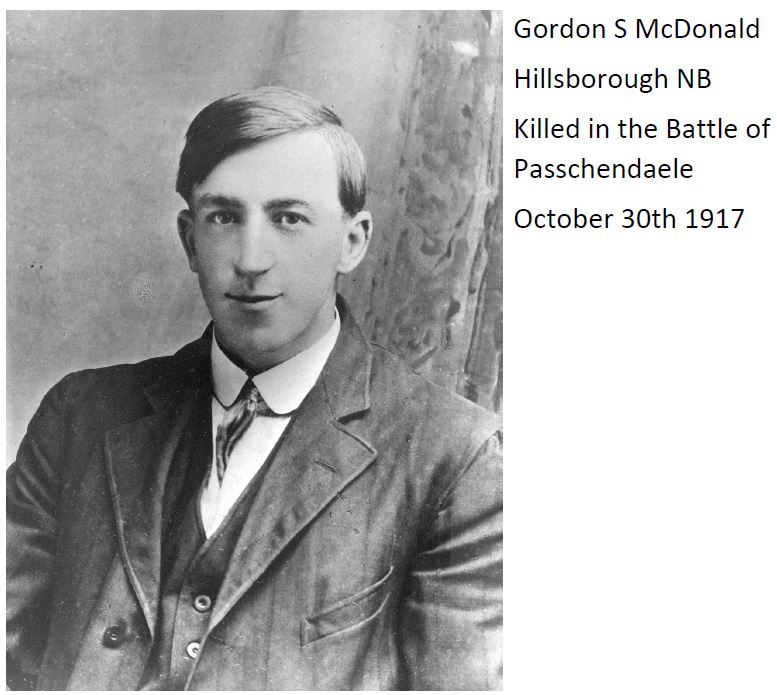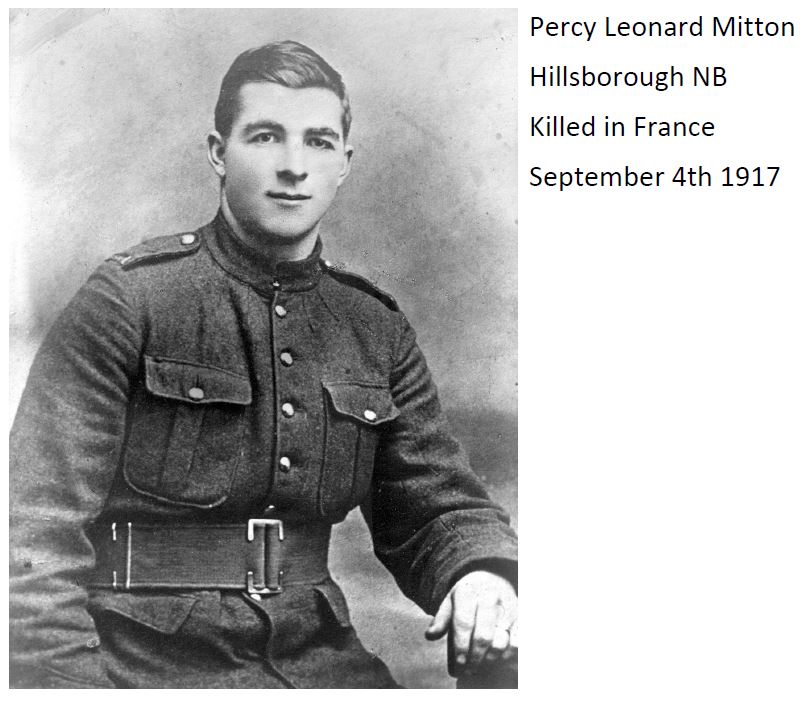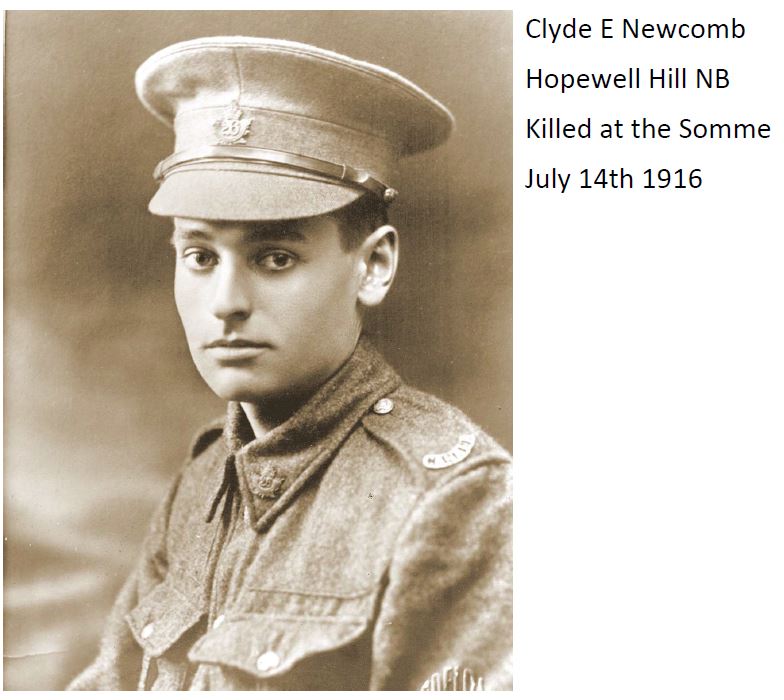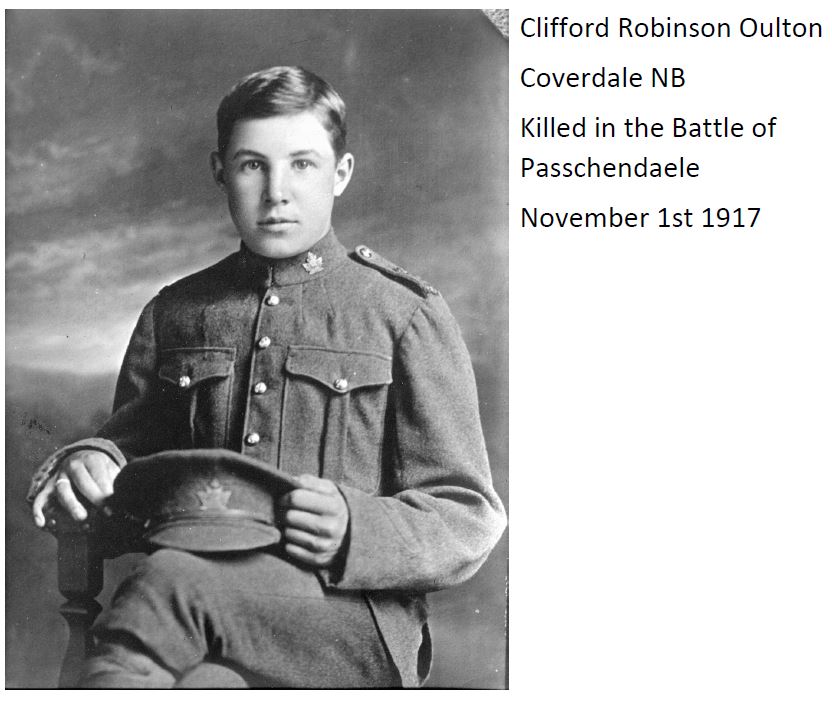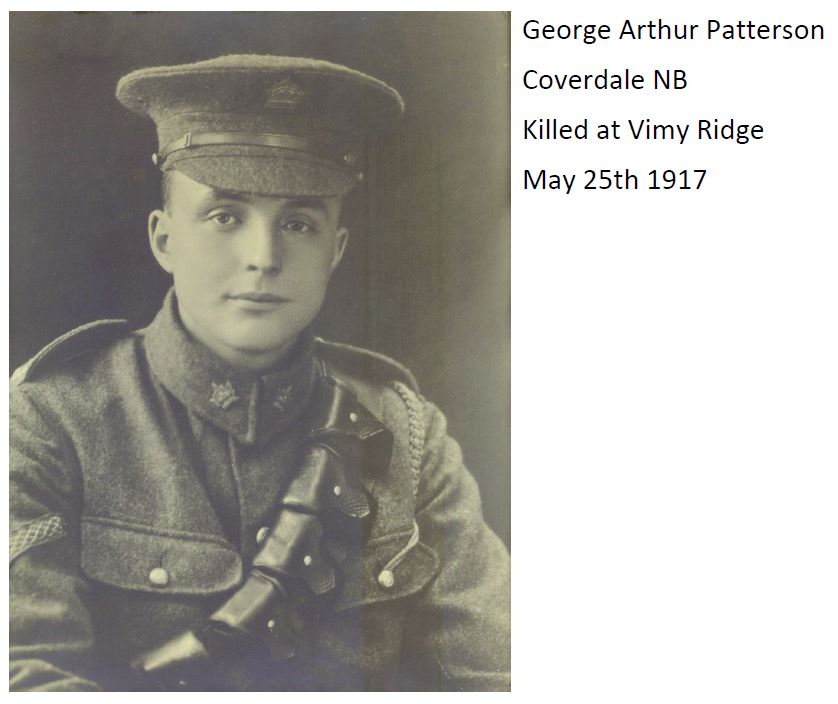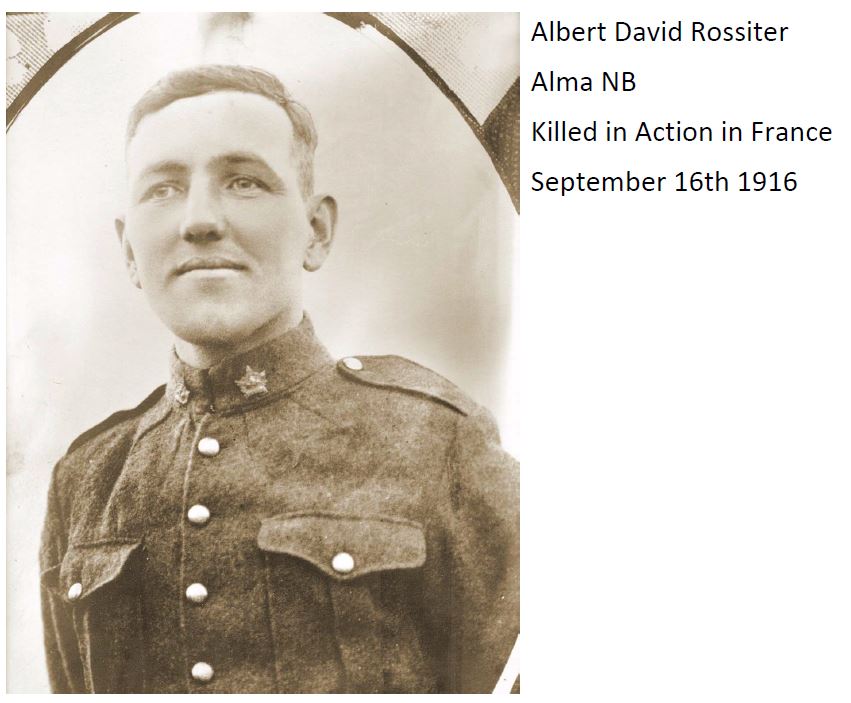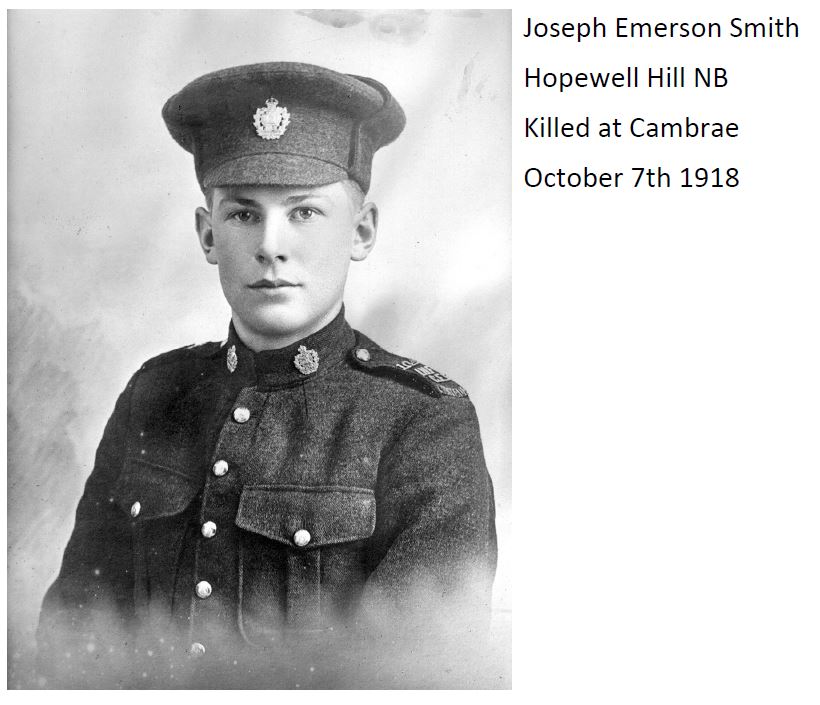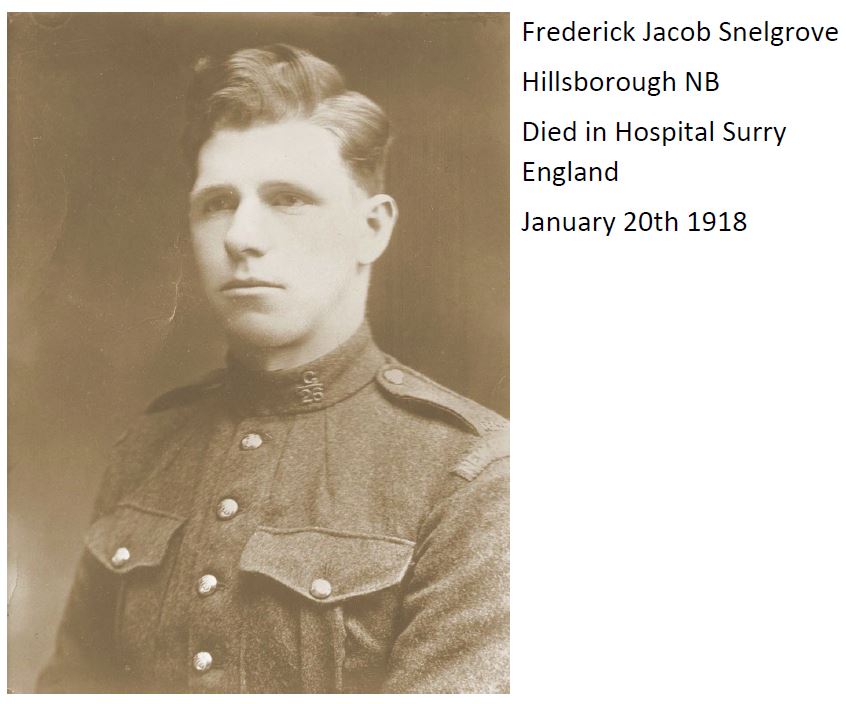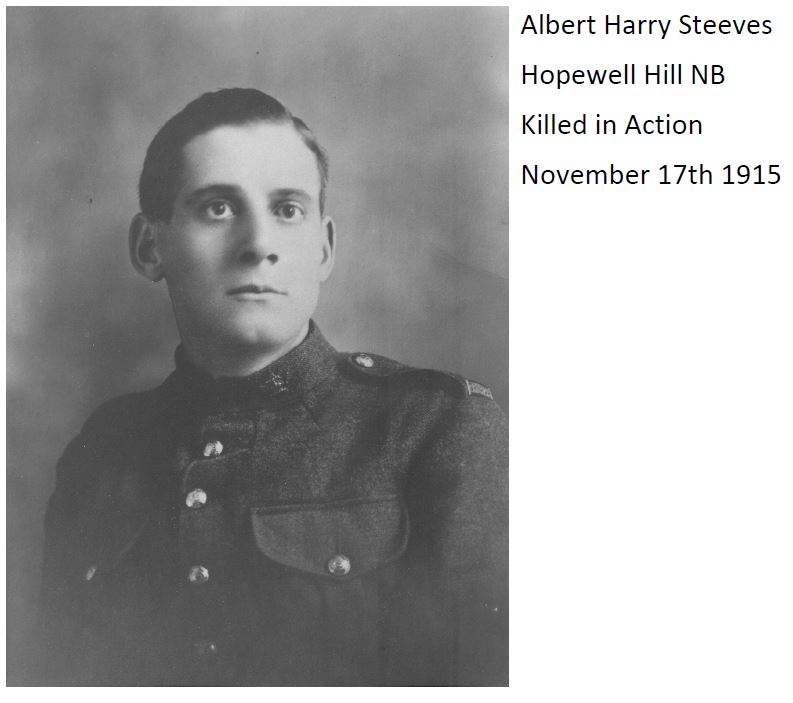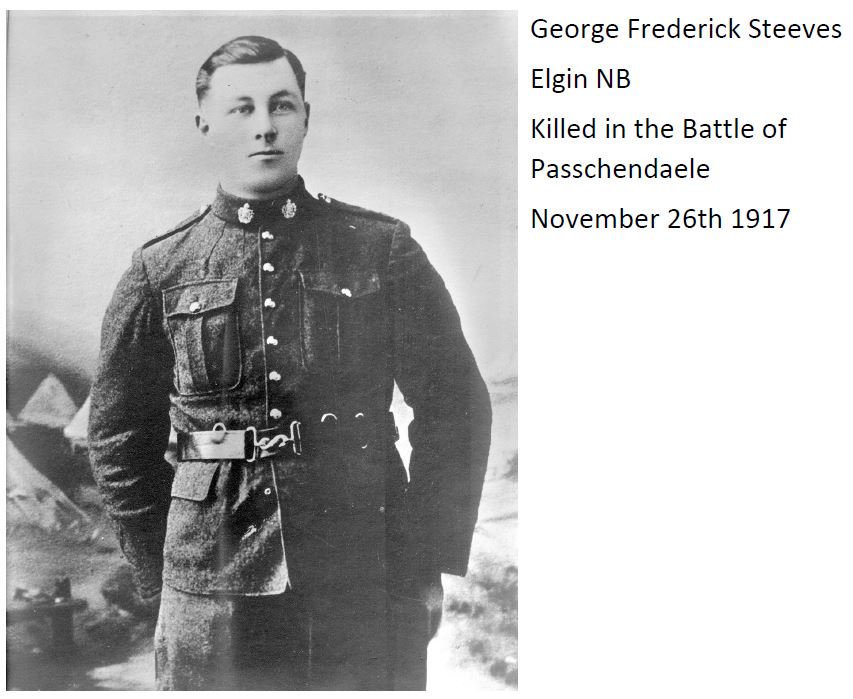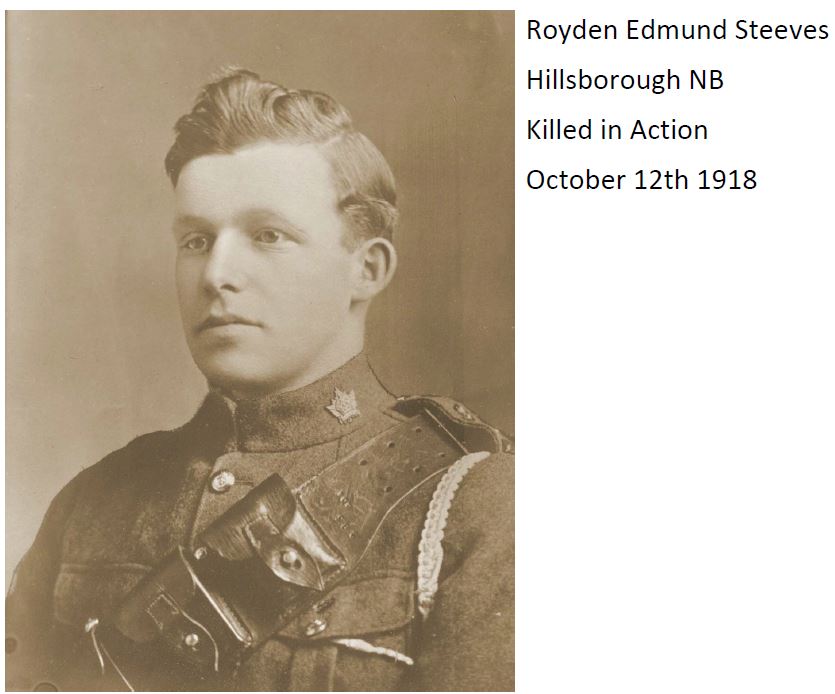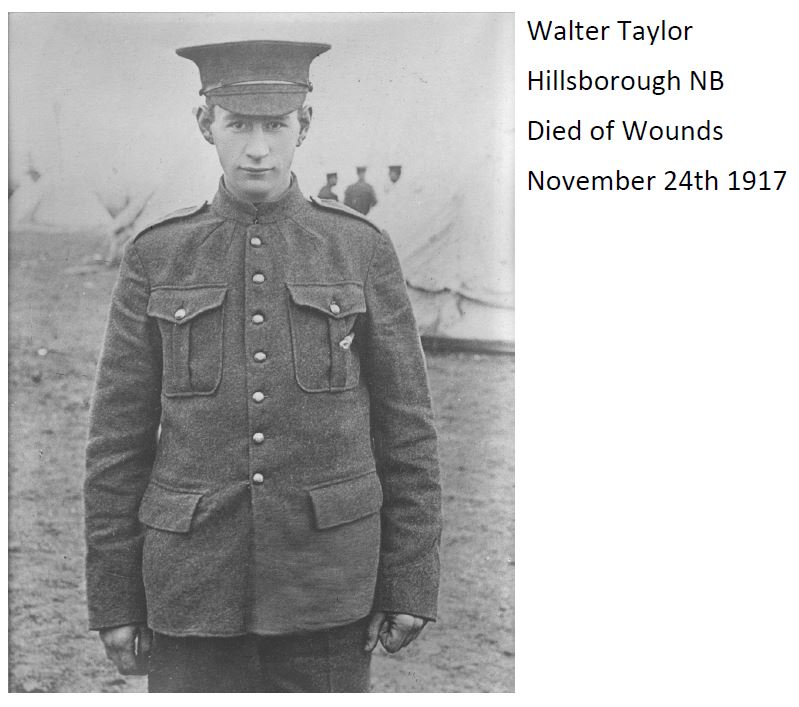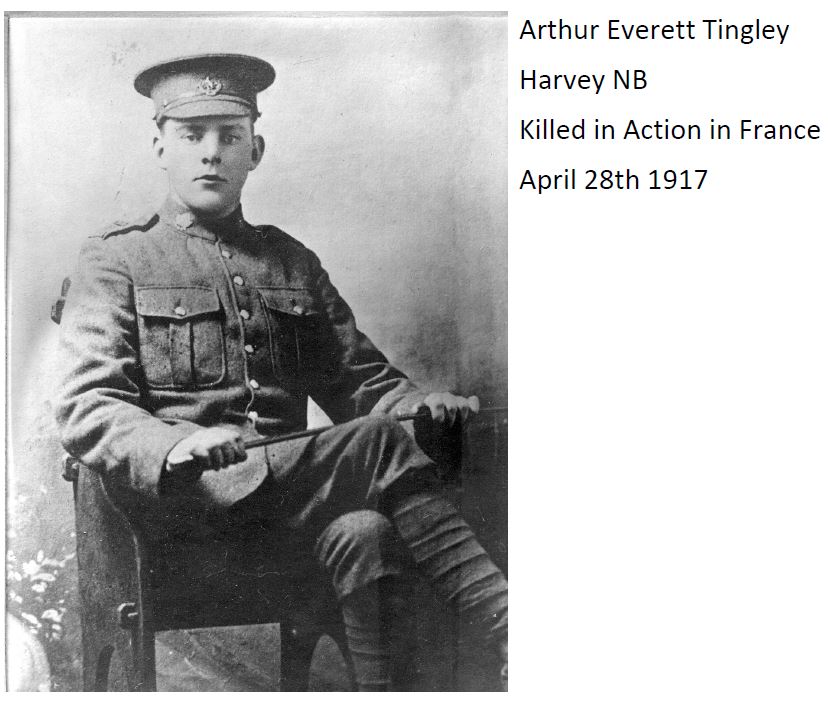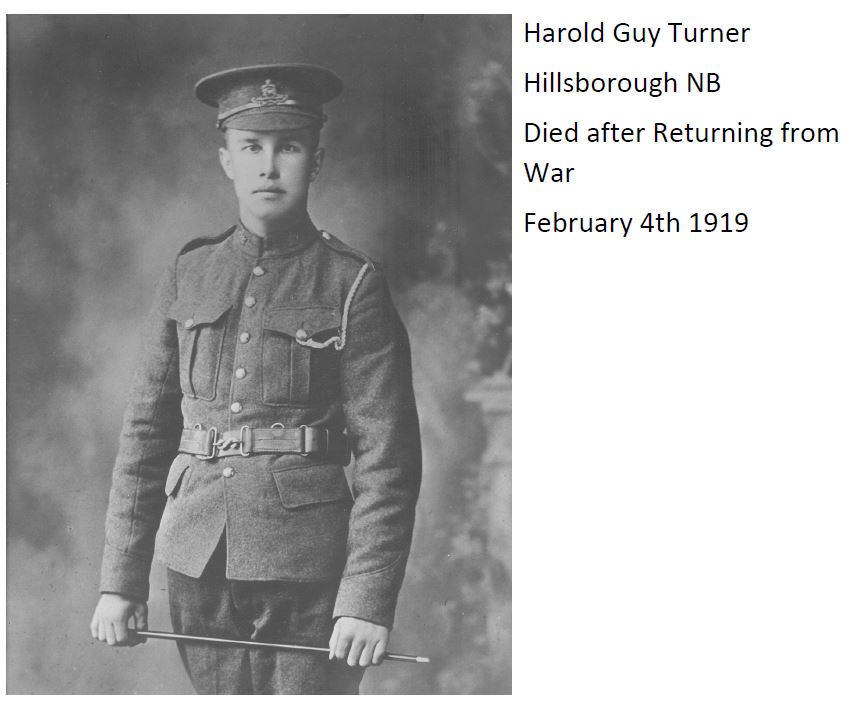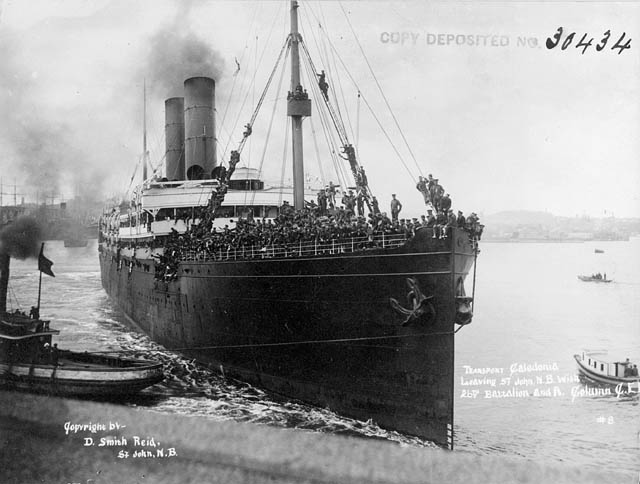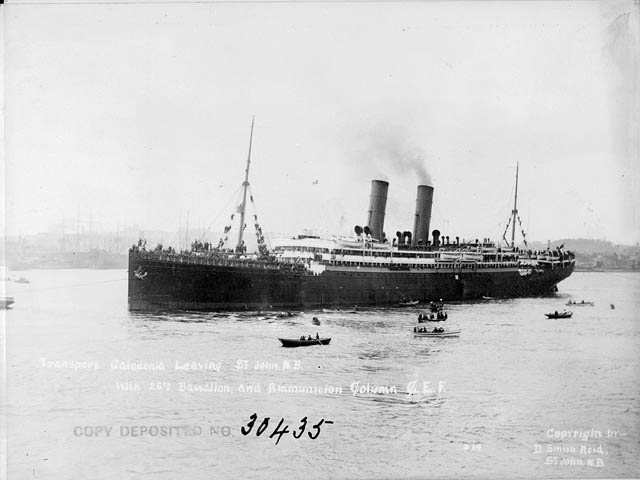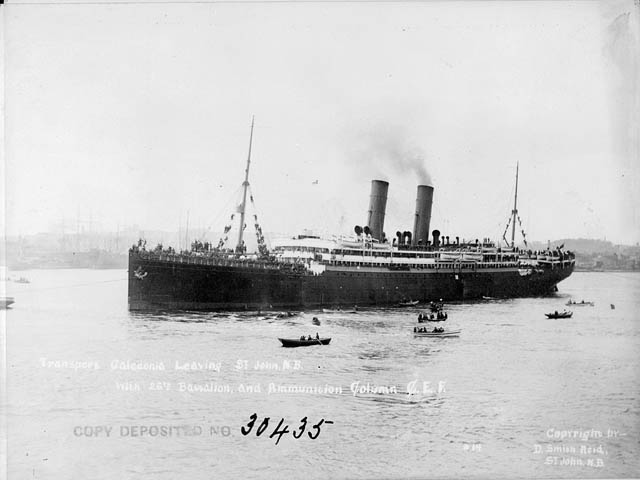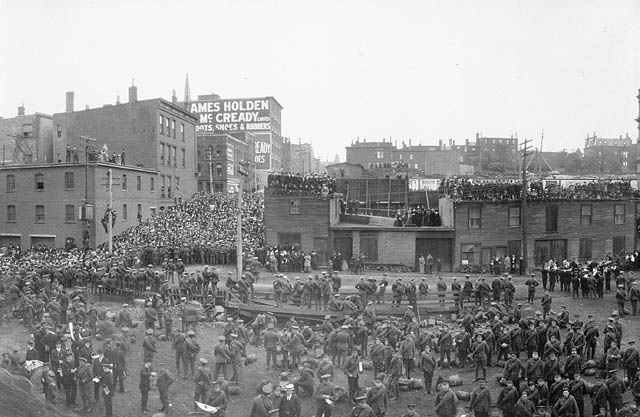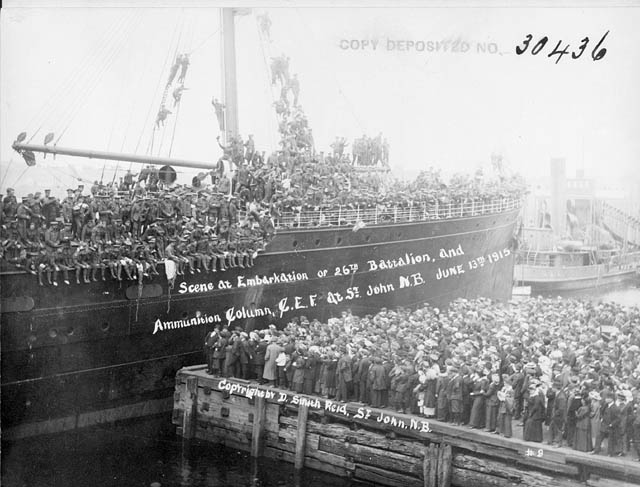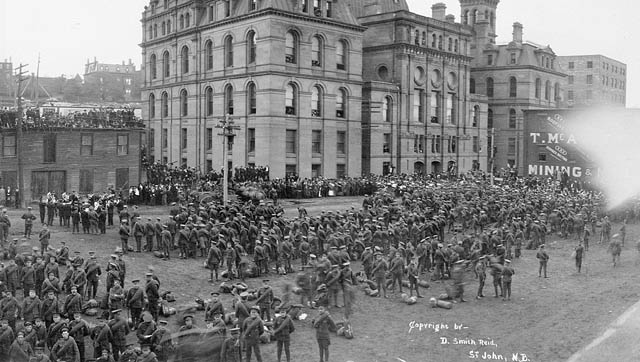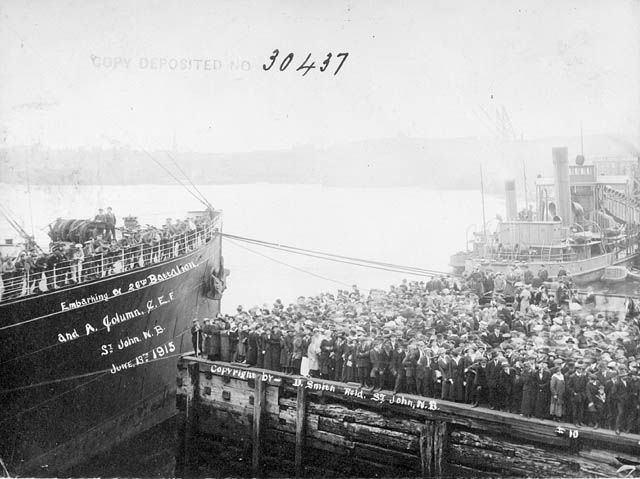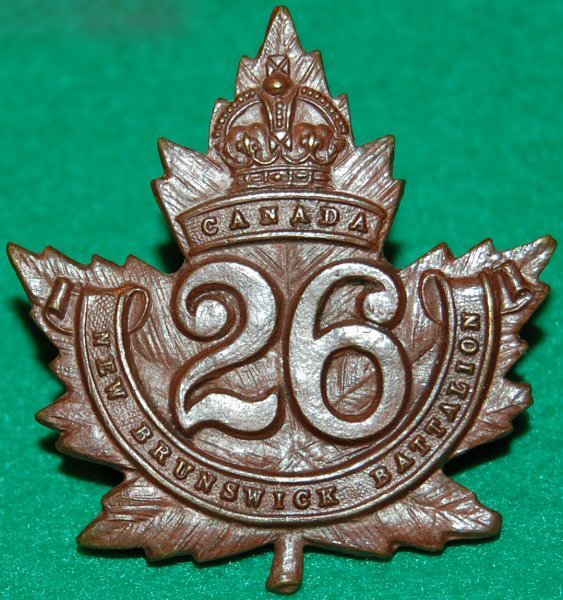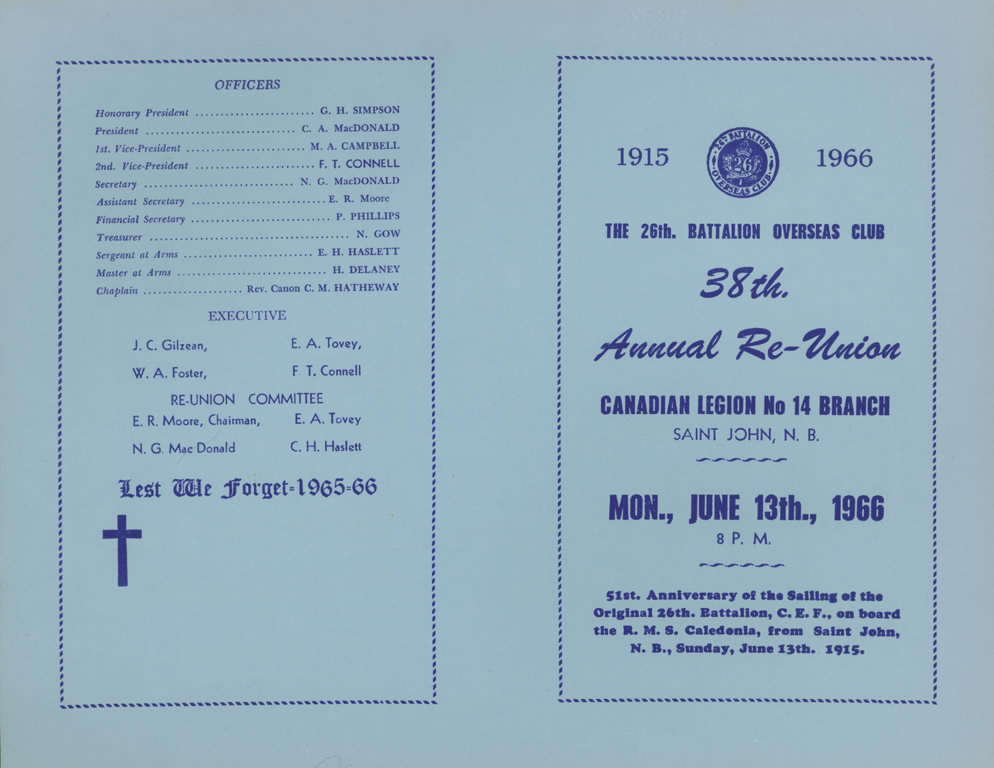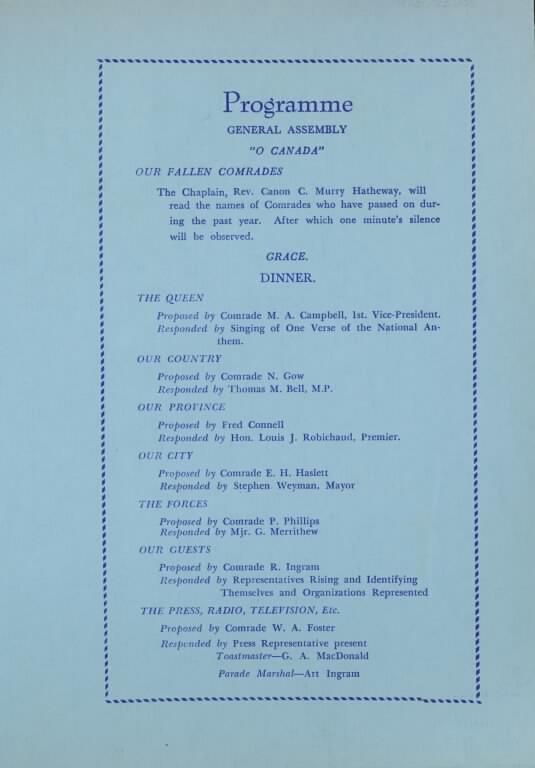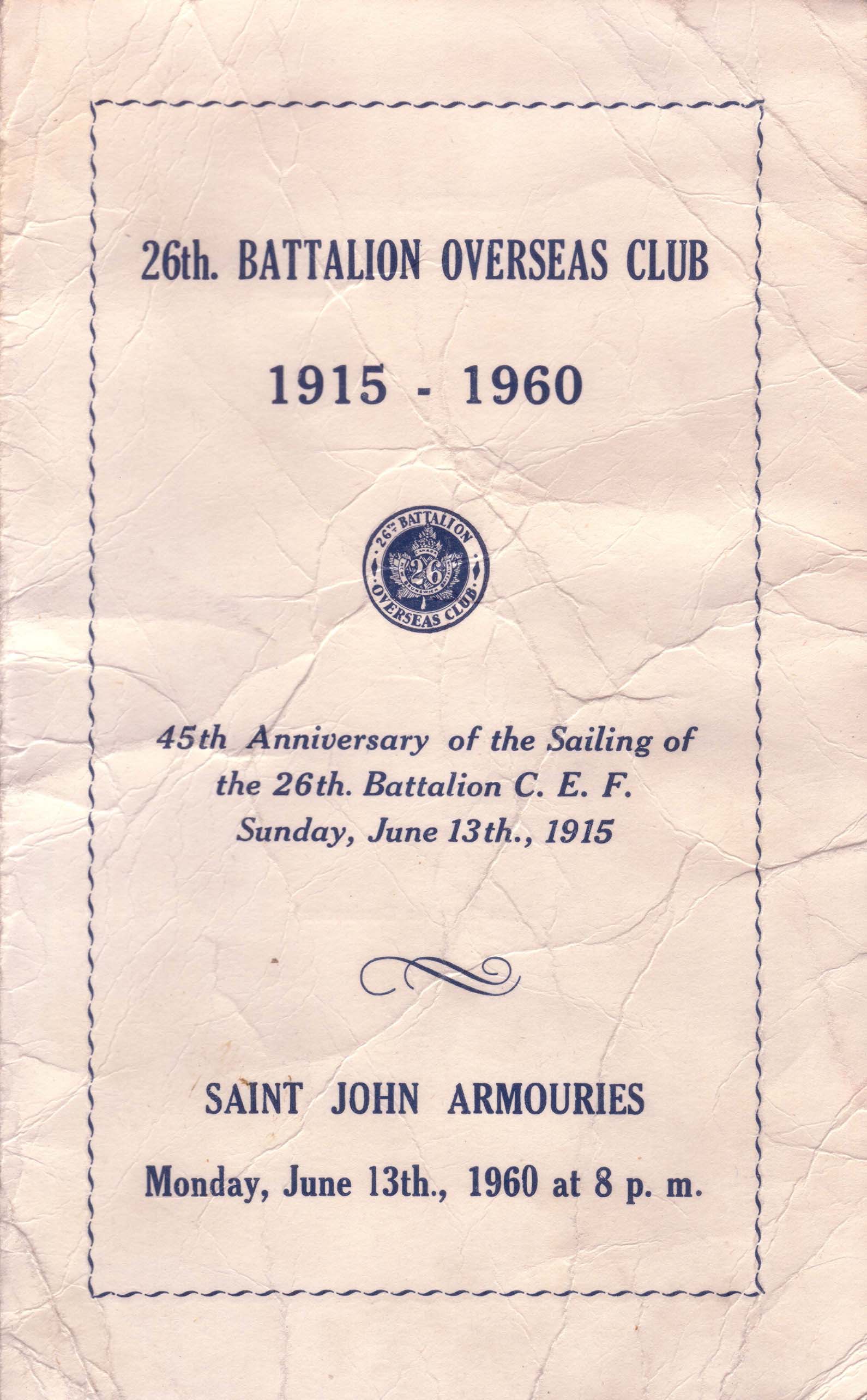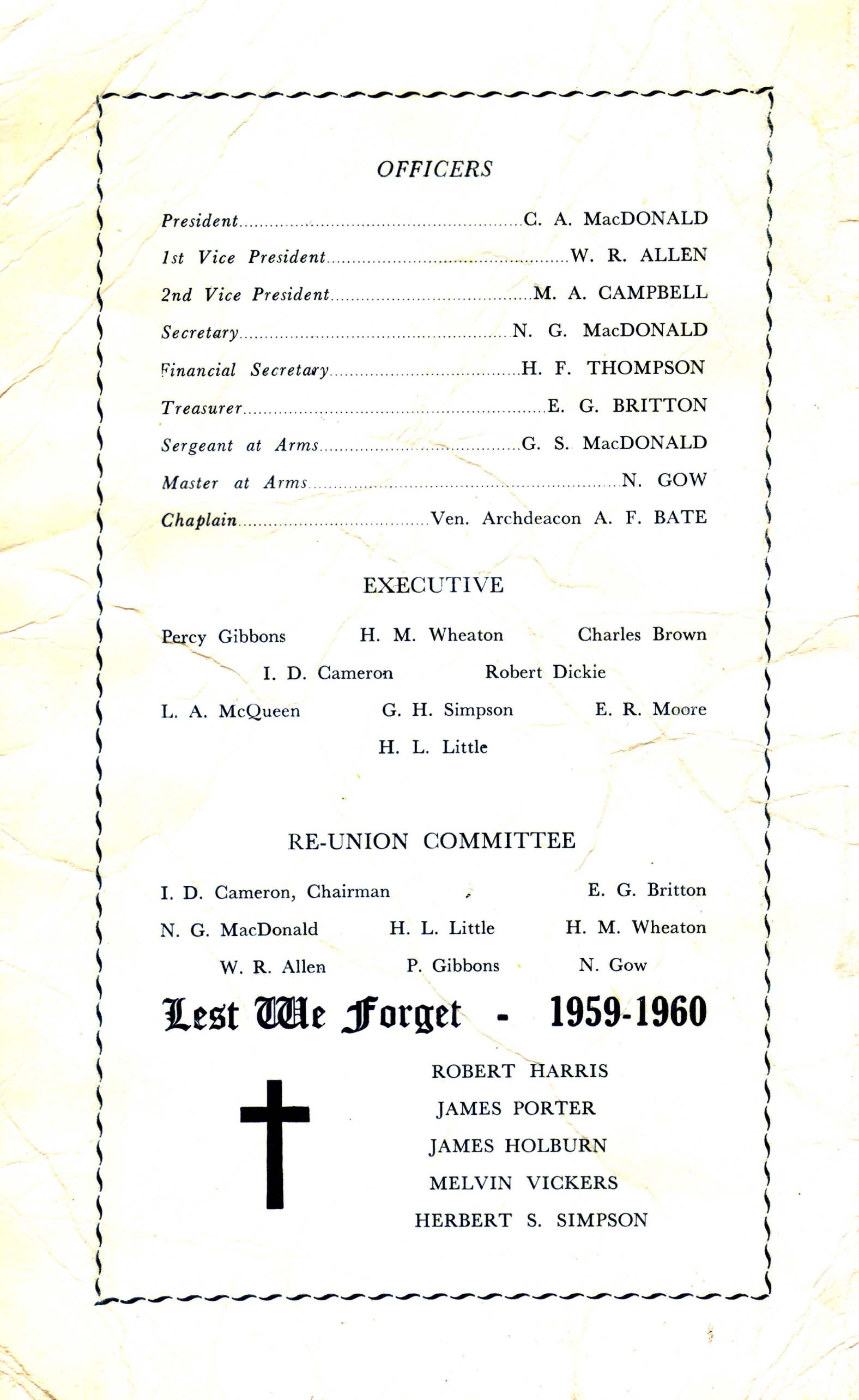The fourth event in the Top Ten Historical Events in Albert County History in review.
The founding of the county 1845.
Prior to the establishment of the Province of New Brunswick in 1784, Albert County was part of Cumberland County, Nova Scotia.
During the late 1700's, following the arrival of tens of thousands of Loyalist refugees from the American Revolutionary War pressure began to build to separate New Brunswick and Nova Scotia into two Provinces. Originally following the split of the two provinces in 1784, Albert County was part of Westmorland County. However, with the economic and population growth of the county in the early 1800's pressure began to build to split the county into two separate counties. In 1845, the lands west of the Petitcodiac River in Westmorland County were established as a separate county and named Albert in honour of the Prince Consort. The main reason for creating a separate county was because the seat of Government of Westmorland County was located across the Petitcodiac River in Dorchester. Dorchester is not accessible by water in the winter and a journey by land could take several days. This made it difficult for Government and Legal proceedings to be carried out in a timely manner.
Each county in New Brunswick is divided into parishes. The number of parishes in Albert County has changed over the years as the population has expanded. The original parishes (known as townships) were Hopewell and Hillsborough both established in 1765. Salisbury township was created in 1787, it included the lands west of the Hopewell and Hillsborough townships including parts of what are now Elgin and Alma Parishes. Note the Village of Salisbury is part of Westmorland County and not Albert County. When Albert County was created in 1845 the Village of Salisbury remained part of Westmorland County. Elgin Parish was set off from Salisbury Parish in 1847. Coverdale Parish was created out of the lands west of Hillsborough in 1828 and was extended west to the County line in 1845. The Parish of Harvey was set off from Hopewell in 1838, and included Alma Parish. Alma Parish was created in 1855 when Harvey Parish was divided. From 1855 until today Albert County has been divided into sixparishes they are: Alma, Harvey, Hopewell, Hillsborough, Coverdale, and Elgin.
Hopewell Cape was chosen as the location for the Shiretown (seat of government) of the new county. In 1845 construction began on three new buildings in the new Shiretown. They were the Municipal building, where the business of the new county such as land registration would take place, the Court House where trials would be held, and the County Gaol (Jail) where prisoners awaiting trial were to be held. The original court house built in 1845, burned down in a forest fire in 1903. It was replaced in 1904 by a beautiful two story building.The new court house contained judges chambers, a second story balcony which allowed more people to attend court proceedings, and modern amenities including plumbing.
The most striking feature of the new court house was the beautiful tin ceiling which was hand made by local tin smiths. The one story Gaol built next to the court house was constructed out of local stone and contained three jail cells. Following the forest fire of 1903 a second story was added to this building when the court house was rebuilt.This second story was where the jailor and his family lived. Although the stone walls of the jail cells and the heavy jail cell doors look imposing, in fact most of the inmates of the jail were not incarcerated for serious crimes.
Most were let out of their cells each day to work off their debt to society. The most famous trial ever held at the court house was the trial of Tom Collins for the murder of Mary Ann McAuley in 1906. After three trials Tom was found guilty of the crime of murder and sentenced to hang. He was hanged outside the jail and then buried on the lawn behind the Jail.
By the 1960's the municipal building, court house, and jail ceased being used to conduct government business and the buildings were turned over to the Albert County Historical Society. The Historical Society now operates the buildings as a museum. Visitors to Albert County can visit the museum in the summer months and learn more about the history of Albert County.
The minutes from the first few meetings of the new County Council for Albert County, held in 1845, still survive to this day. A number of issues were discussed at these meetings. The minutes reflect the issues faced by the county councilors in those days. They included: establishing community pastures, selling "illegal" liquor at a tavern, contracts for mail conveyance by horseback (transporting mail by pony express), appointment of "Overseers of the Poor", funding allocation for each parish for activities such as schools, and appointment of parish tax collectors.
One of the most interesting notes from those County Council minutes, indicates that the "Overseers of the Poor" had discretion as to the quantity of (seed) potatoes to be given to the poor. In addition, they were not to give an amount exceeding ten bushels of potatoes to any one individual or family. It appears that potatoes were more important in those days than money.
A census taken in 1851 indicated that the population of Albert County was over six thousand people. The largest number of recent immigrants were from Ireland. This was because of the second wave of Irish immigrants from Ireland who had come here due to the potato famine in Ireland from 1845 - 1848
By 1871, the population of Albert County had grown to over ten thousand. As industries such as farming, forestry, and mining expanded, so did the population.Development of Commercially Viable Kerosene from Albertite by geologist Abraham Gesner in 1846 which led directly to the petroleum age and the modern world and indirectly to saving all the whales. Thanks Albert County!
The Saxby Gale of 1869, which brought untold destruction of property and the loss of a number of lives.
The Birthplace and Hometown of Canada's 11th Prime Minister RB Bennett (b1870), who founded the Bank of Canada, the CBC and numerous other important Canadian Institutions.
The Tom Collins Axe Murder Triple Trial which directly lead to Canada's Double Jeopardy laws. Double Jeopardy is a procedural defence that forbids a defendant from being tried again on the same (or similar) charges following a legitimate acquittal or conviction.
Winning the Victory Loans Competition of 1919 by raising a greater percentage over their set goal than anywhere else in the Province. The county raised $347600.00 with a goal of $110000.00. That's triple the amount! (in today's dollars that is $6.2 million!).
Founding of Fundy National Park in 1948.

